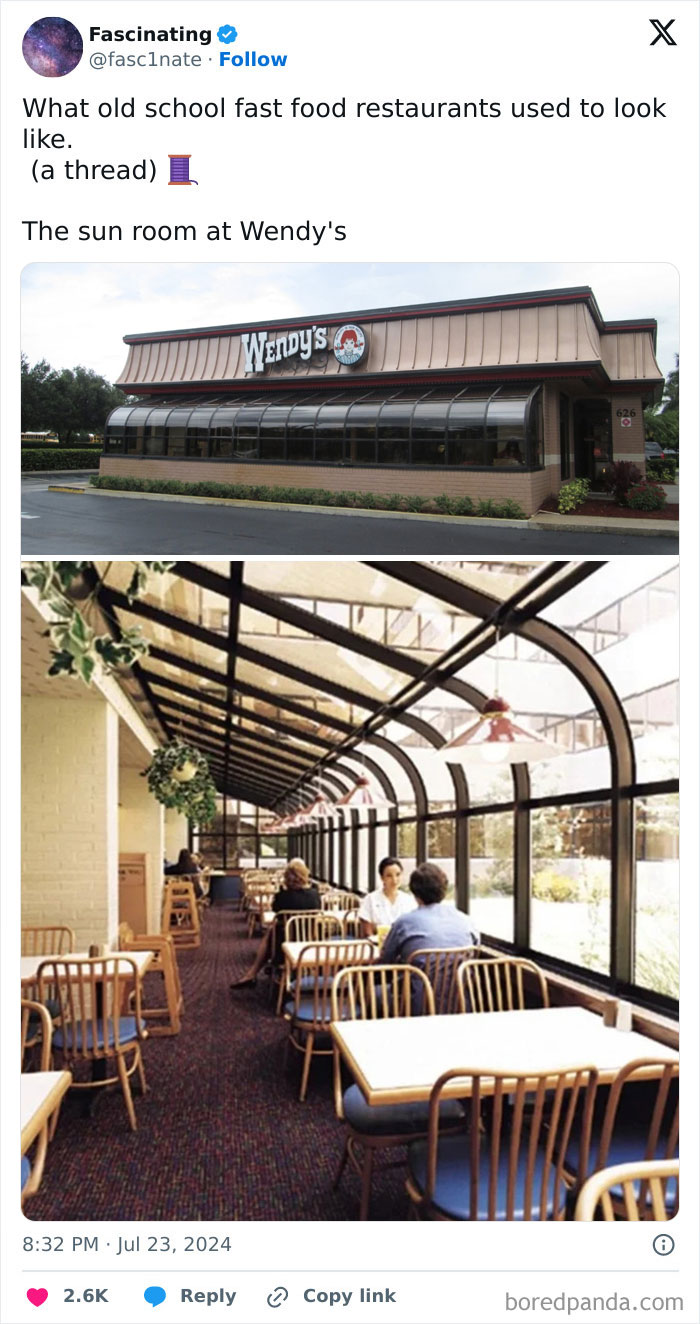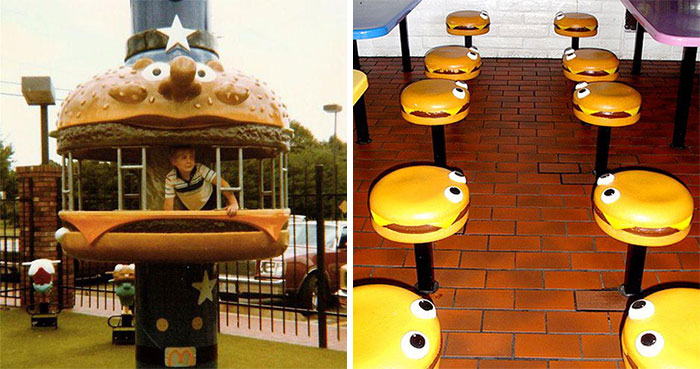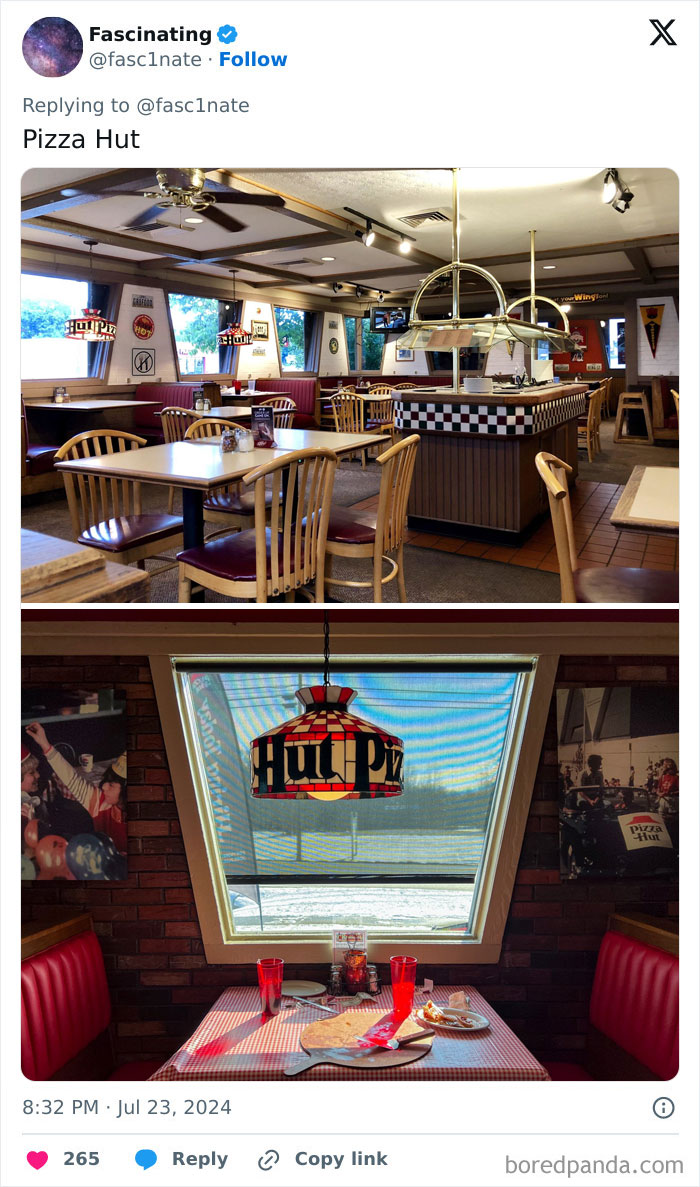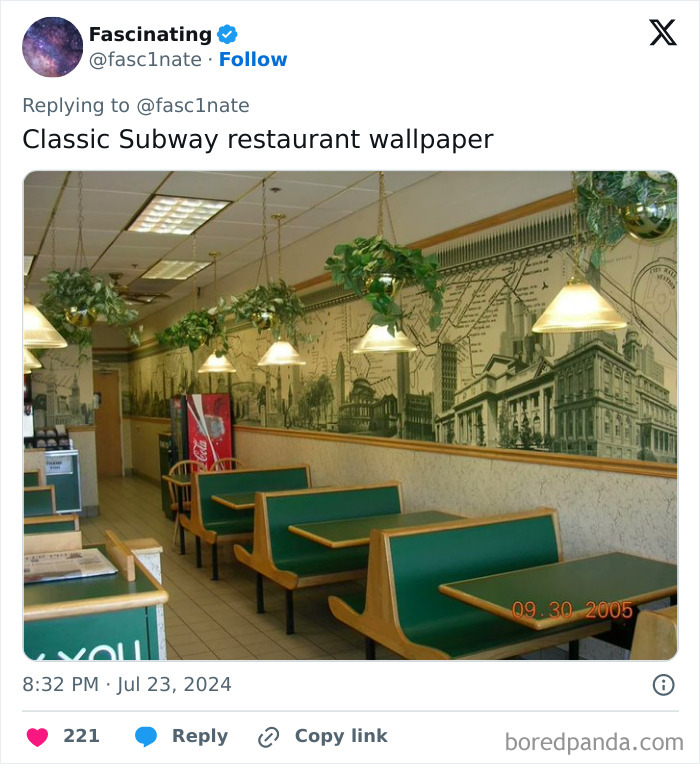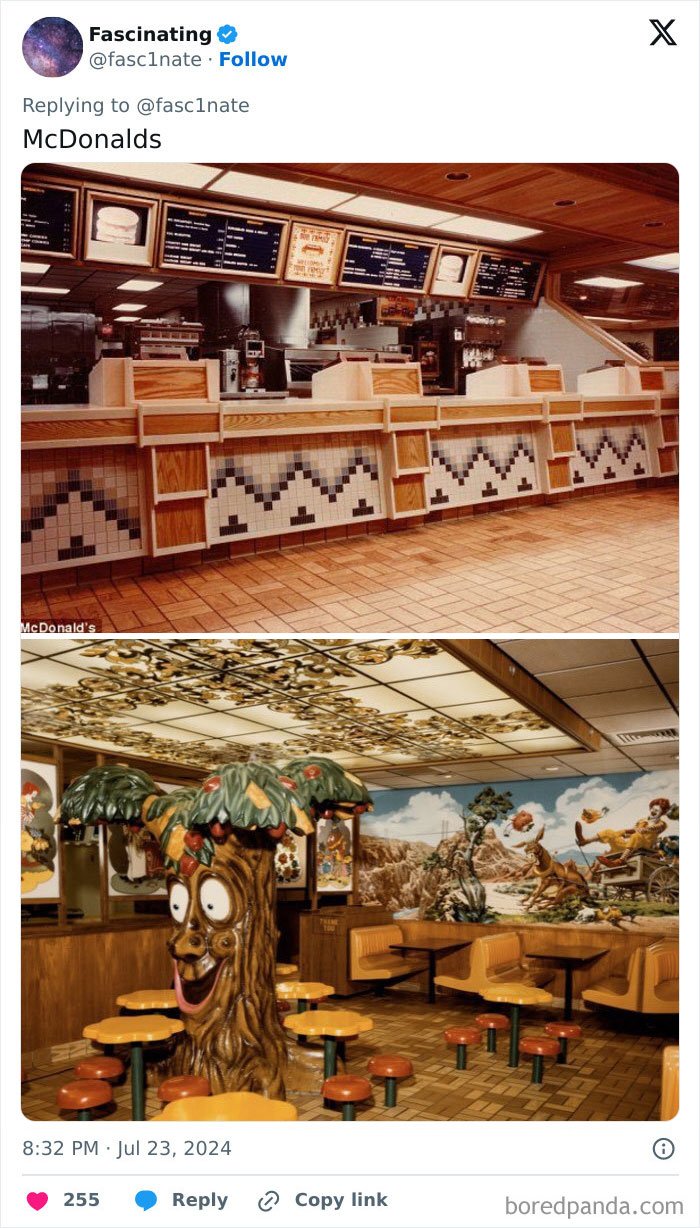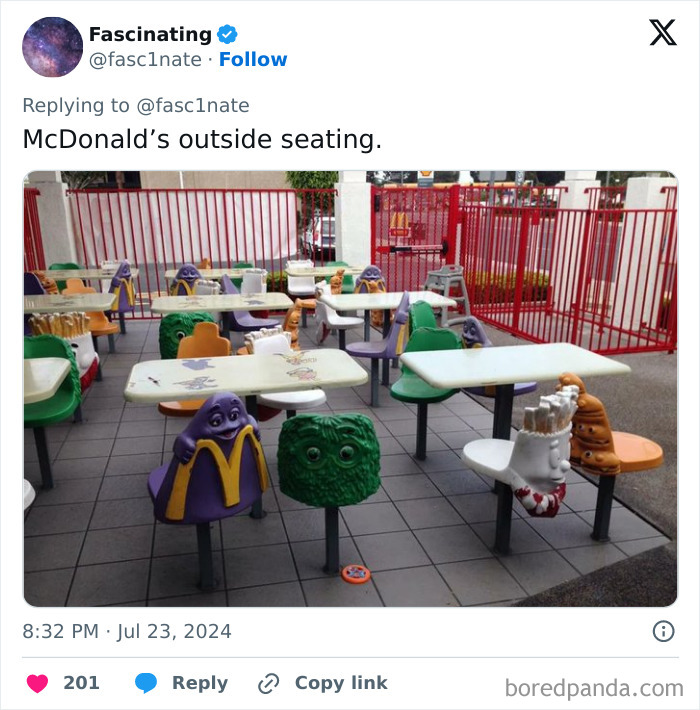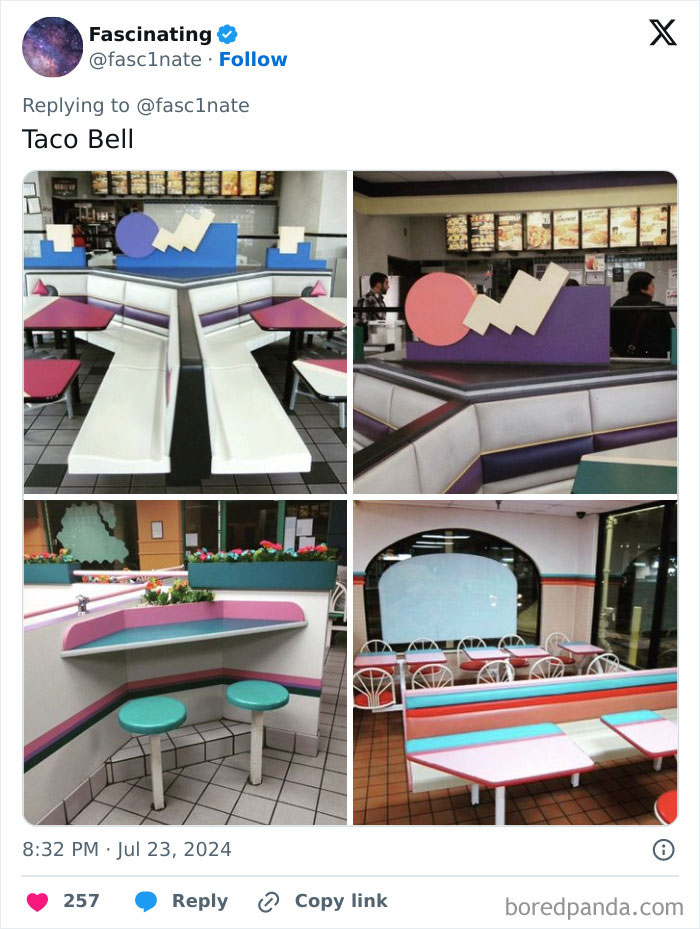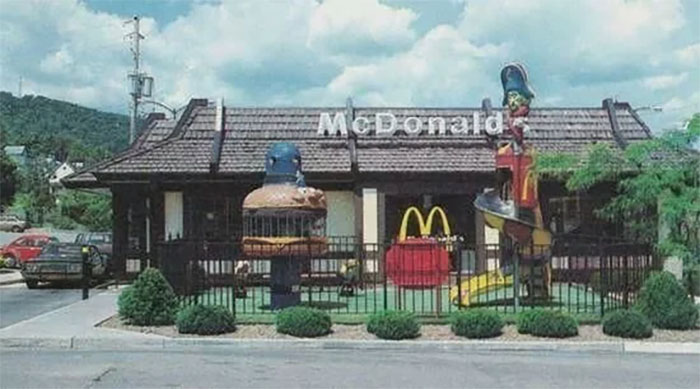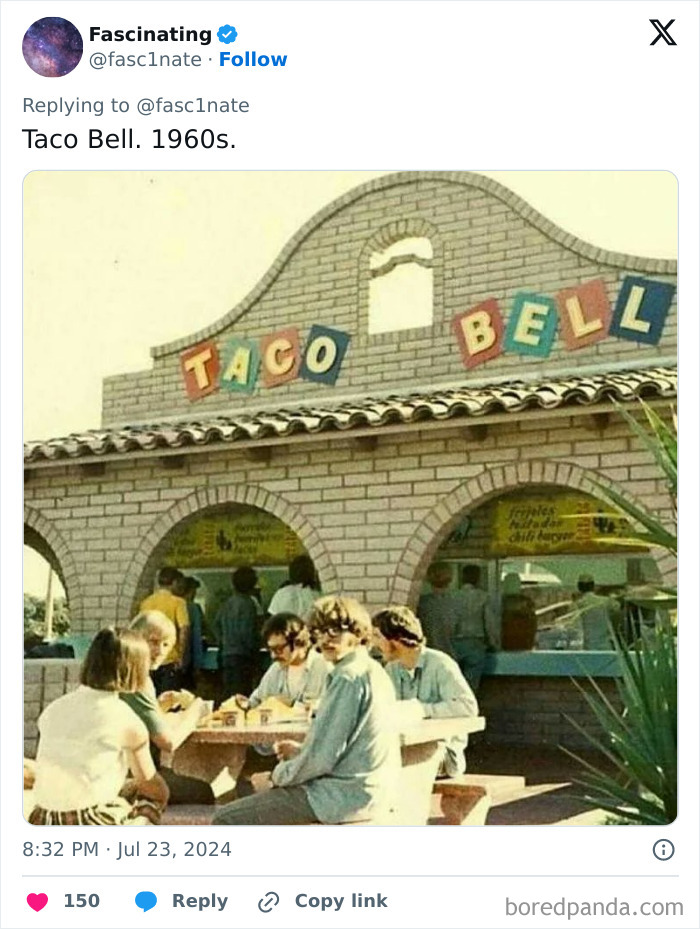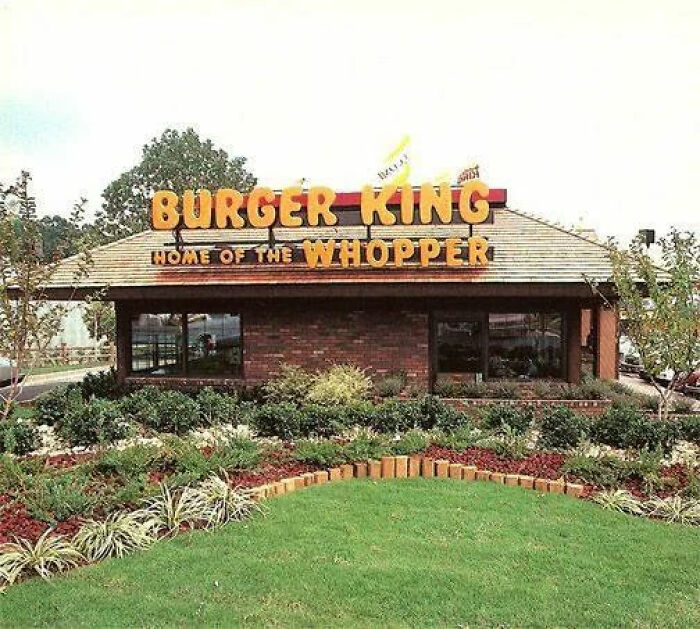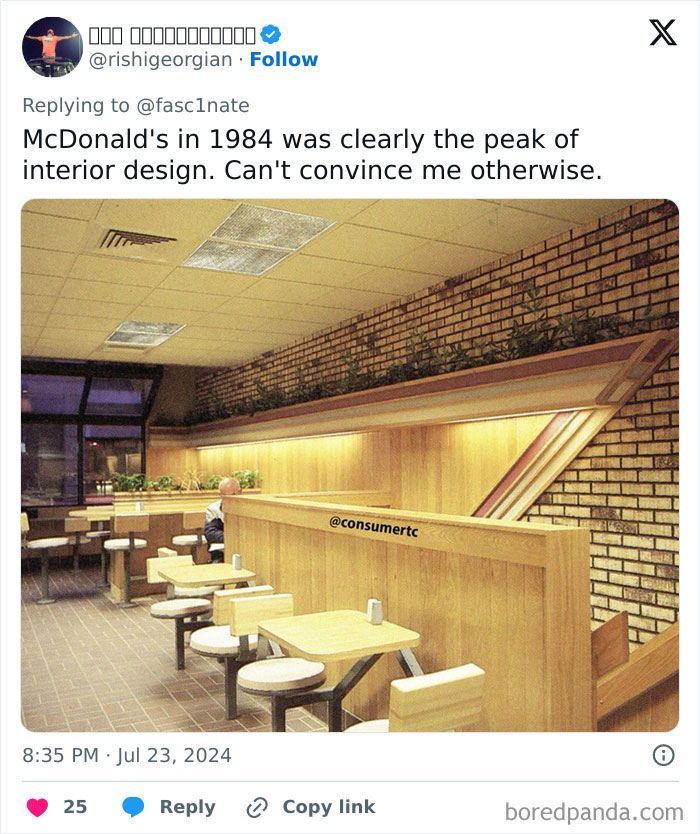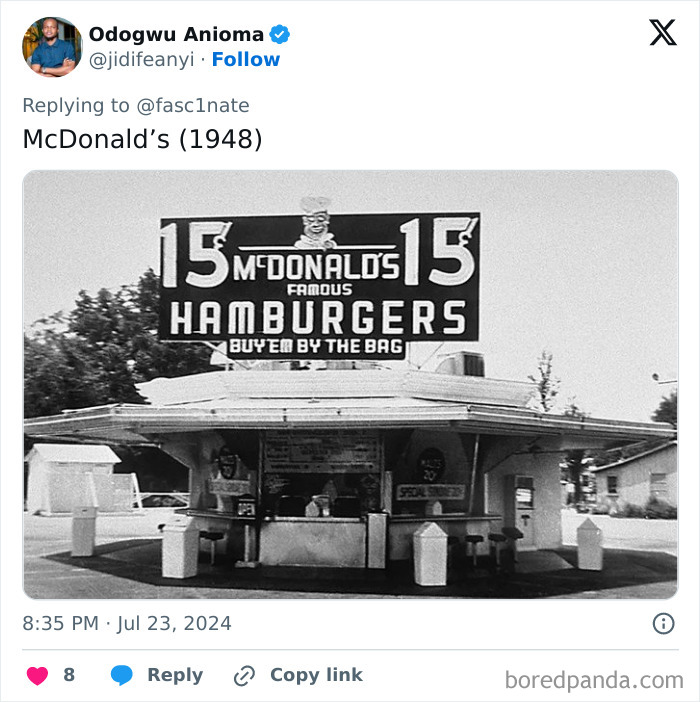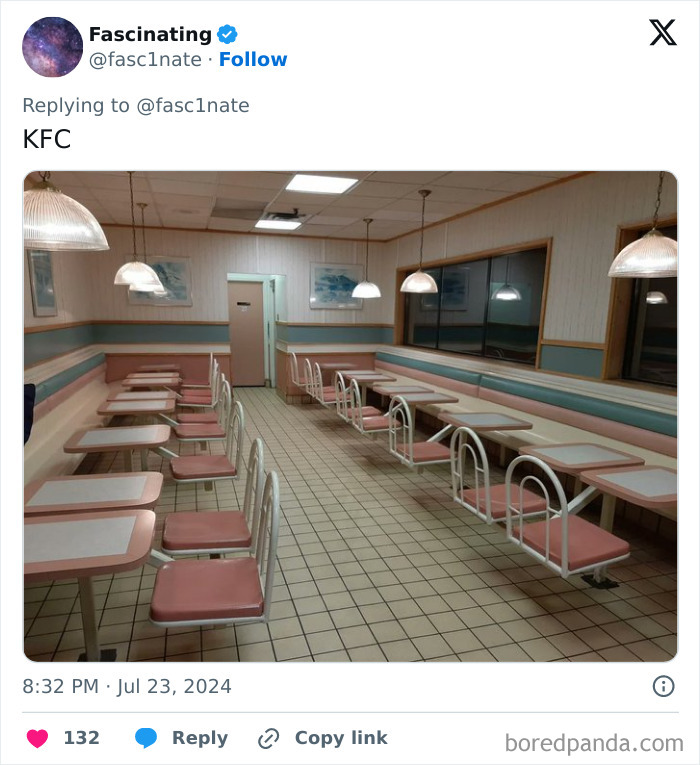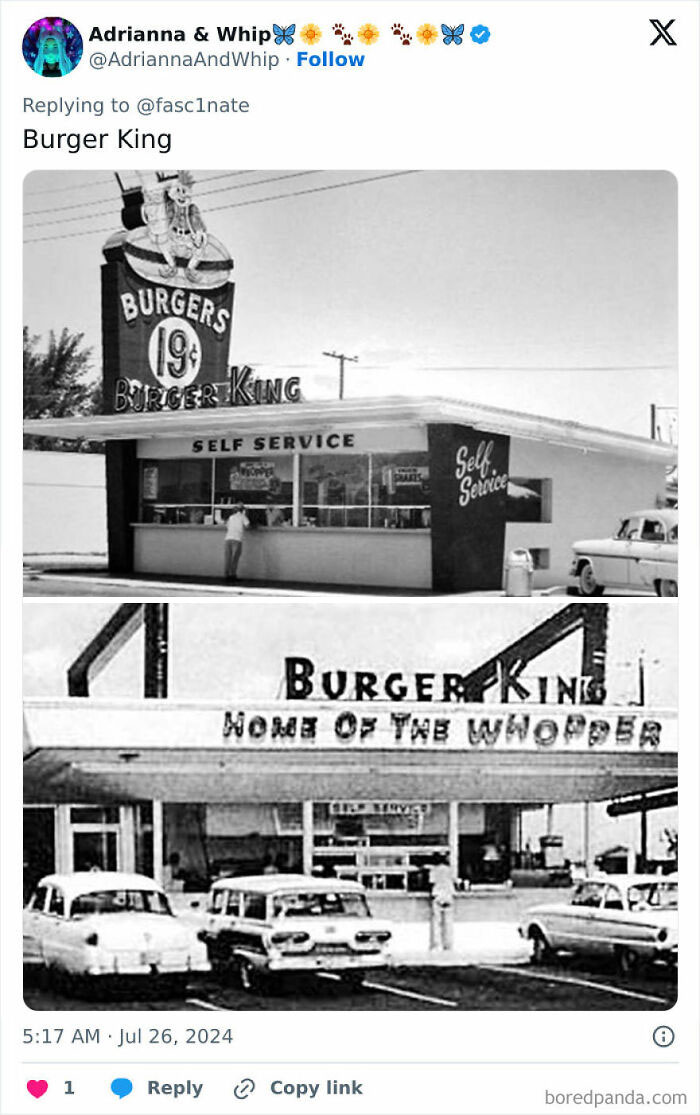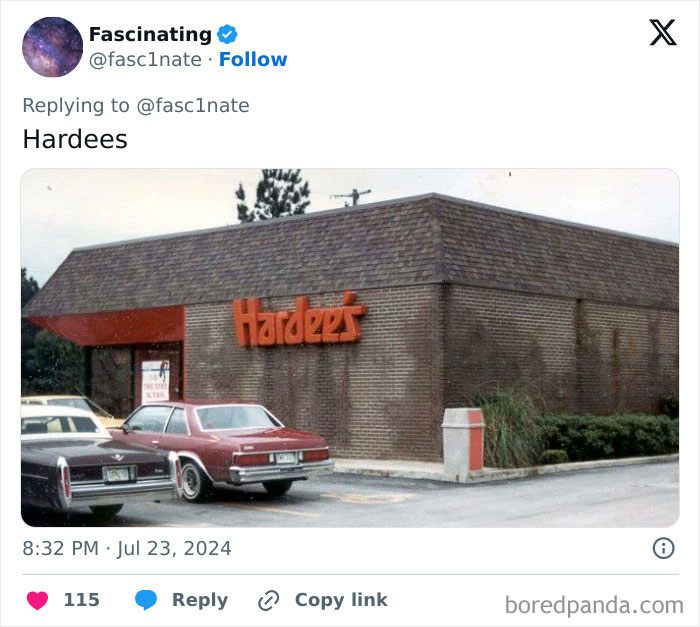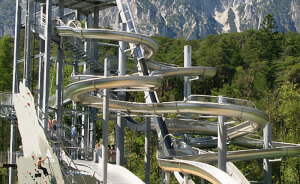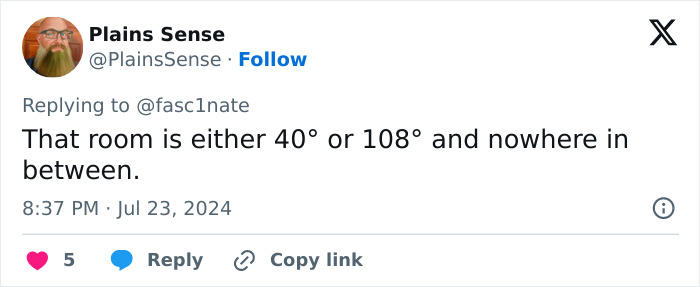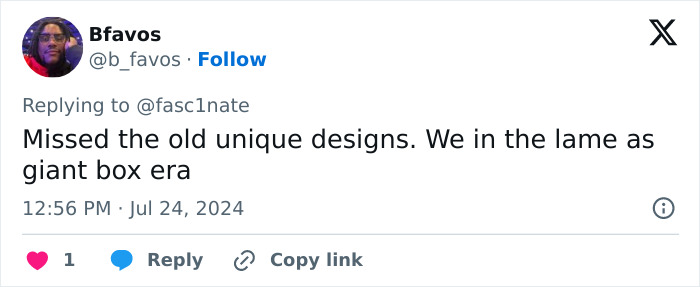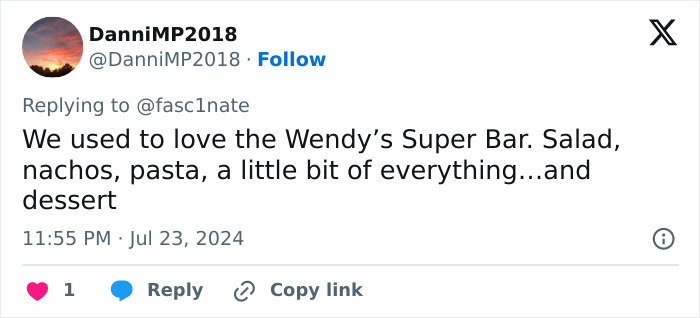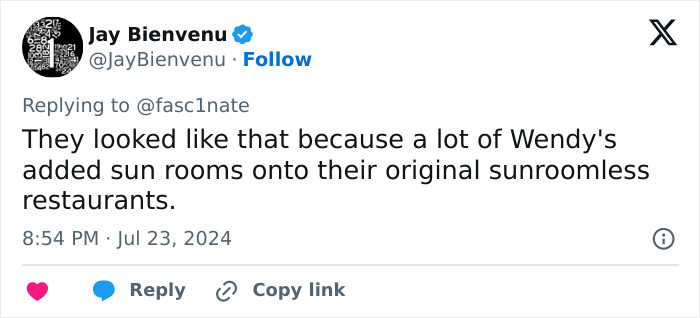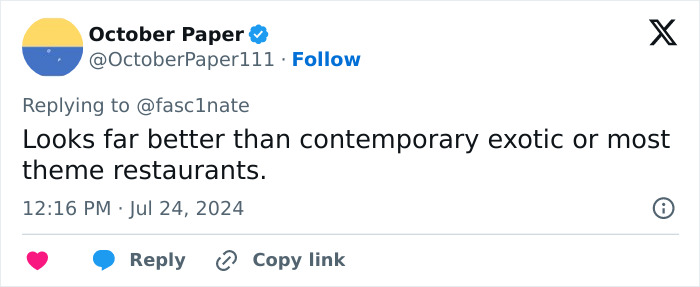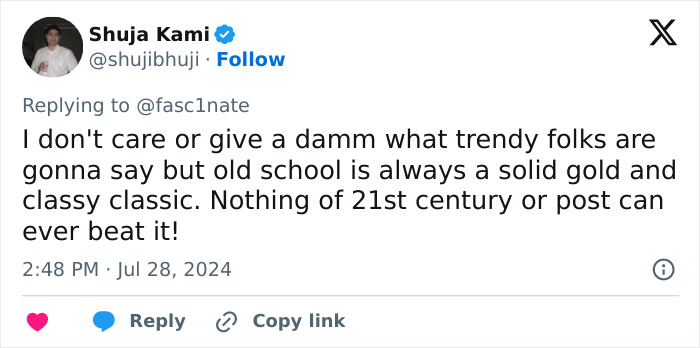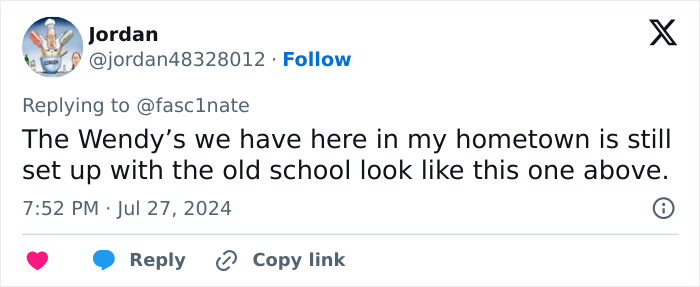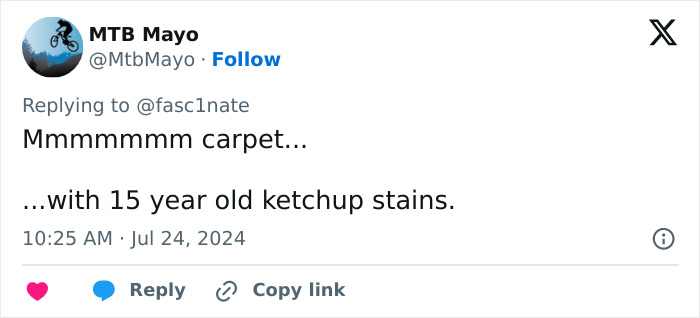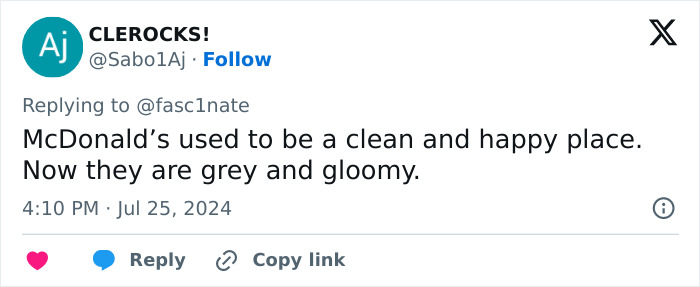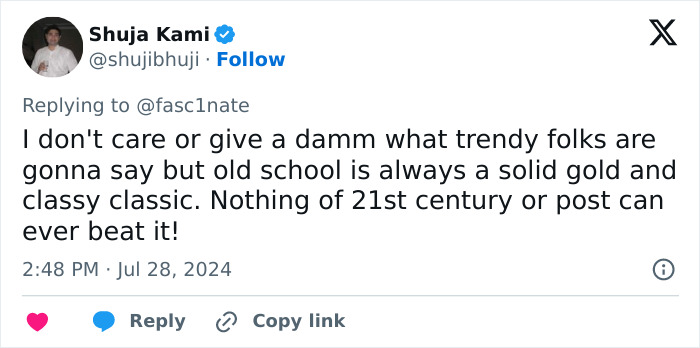“Fast-food chains are consistent and familiar, offering a sense of comfort and reliability. For many, they are linked to childhood experiences, family outings, or late-night gatherings with friends, creating emotional connections that go beyond the food itself,” he said. “It’s also no accident that the brand personalities of many of these fast food restaurants are about childhood wholesomeness, which also adds to the nostalgia. Overall, the branding, atmosphere, and sensory experiences—like the smell of fries or the jingles from ads—further reinforce these memories, embedding them deeply in our minds as symbols of joy, convenience, and shared experiences.” “It’s a major challenge. Many brands operating in this space, especially McDonald’s, have attempted to go upmarket, by investing heavily in their restaurants. This provides a much-improved dining experience, but has also certain consumers who may miss its more down-to-earth, accessible feel,” he told Bored Panda. Johnson said that, ultimately, what matters is balancing affordability with value. That means “offering not just low prices, but also a compelling reason for customers to choose their brand over competitors.” He added that, “overall, the market has shifted, but these fast food chains haven’t changed to address these new norms.” Meanwhile, McDonald’s, Burger King, Wendy’s, and Starbucks are all seeing less foot traffic and lower sales. They’re trying to buck the trend by introducing (more) value meals. “Many Americans are still eager to spend, they’re just not willing to pay Texas Roadhouse prices on McDonald’s food that they summon by tapping buttons on a kiosk and eat in their car. Instead, they’re going to Texas Roadhouse, where they can sit down and have some service with their meal. Or they’re swinging through Chipotle, which saw sales shoot up 11% last quarter at stores open at least a year,” Morrow writes. There’s nothing like happy memories viewed through rose-colored glasses to loosen those purse strings! (And there’s no judgment there. Many of us feel the siren call of years long gone.) Many people are now in a position where they can allow themselves the luxury of purchasing nostalgia-related goods. They earn enough to buy the things that either remind them of their childhoods or that they wanted to have but never could. We don’t necessarily feel nostalgic just for our childhoods, though. Krystine Batcho, a professor at LeMoyne College in Syracuse, New York, told the BBC: “When you think about measuring nostalgia, I don’t think it’s about timing. A lot of research shows that nostalgia is very often triggered by a feeling of a difference in the present and missing something from the past, whether it was two months ago, two years ago, or 50 years ago.” The account has been around since early 2013 and currently boasts a massive following of 3.3 million people. Its thread about old-school fast food places was viewed a million times and counting.
Follow Bored Panda on Google News! Follow us on Flipboard.com/@boredpanda! Please use high-res photos without watermarks Ooops! Your image is too large, maximum file size is 8 MB.
